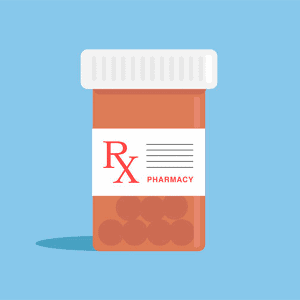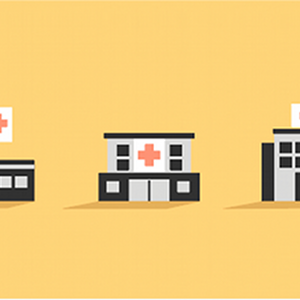What can you do?

I can understand the risks of mixing my drugs
- Whether it is on purpose or not, mixing drugs (also known as polysubstance use) is never safe. When you combine drugs the effects can be stronger, unpredictable, and can even be deadly. Try to avoid mixing depressants or downers, like benzodiazepines (known as benzos), opioids, and alcohol. Mixing these can increase your risk of an overdose. You can learn more about the side effects of mixing different kinds of drugs.
- Because the drug supply is always changing, it can be hard to know what you are buying. Your drugs may contain more than one substance that you are not aware of. In Rhode Island, an opioid called fentanyl and a sedative called xylazine are being mixed with other drugs. You can learn more about the local drug supply trends to see what other drugs have been found in our state.
- The dangers of mixed drug use can happen with any drug including prescription drugs. Make sure your doctor is aware of what drugs you take to avoid mixing drugs that may be harmful together. Having naloxone with you is important. You can also learn how to respond to an overdose.

I can get the supplies that I need to stay healthy
- You can get new syringes at a pharmacy near you or at a syringe exchange. In Rhode Island, you can get these supplies at mobile outreach/office-based syringe exchange locations like those run by Project Weber/Renew (401-383-4888) or ENCORE (401-781-0665). You can call to learn more about the specific programs run by both organizations.
- Fentanyl test strips are easy to use tests to see if your drugs have been mixed with fentanyl.
Learn more about fentanyl test strips. - You can prevent infections by doing basic things before you use drugs, like washing your hands with soap and water, using new supplies, and swabbing your skin with alcohol.
Learn more about how to prevent an infection. - There are things you can do to stay healthy while injecting drugs like using new needles and supplies, rotating injection sites and using sterile water every time you use drugs.
Learn more about how to take care of yourself when injecting drugs. - AIDS Care Ocean State offers access to a harm reduction practice vending machine.
Learn more about harm reduction.

I can get naloxone and stop an overdose
- You should learn how to use naloxone to stop an overdose – fentanyl is deadly and can make you overdose quickly so you need to act fast.
- You can keep naloxone with you every time you use drugs. Naloxone is the only way to stop an opioid overdose. Find out where you can get naloxone.
- You can tell people about the Good Samaritan Law, a law that provides legal protection if you call 911 when someone is overdosing, whether you have drugs on you or not.

I can have someone with me when I use drugs
- You want someone with you when you are using drugs. Take turns using – that way one of you can call 911 if there is an overdose.
- You can learn how to use naloxone to stop an overdose in case you see someone overdosing.
- Did you know that more than half of the people who die from an overdose are using more than one drug at a time? You can be safer by using just one drug at a time.
- SafeSpot is a free, 24/7 hotline where you will be connected to an operator who can stay on the phone while you use drugs alone. They can activate an emergency safety plan that you can decide when you talk with the operator. Call the SafeSpot hotline toll free (800-972-0590)

I can go to a healthcare professional and get tested
- If you inject drugs, get tested once a year for HIV and hepatitis C. You can get tested at ACOS or at Project Weber/RENEW. Find other places you can get tested for free for HIV and hepatitis C.
- Vaccinations are an important part of protecting your health, especially if you are using substances. People who use substances may be at higher risk for certain infections, such as hepatitis A, hepatitis B, COVID-19, and the flu. The Rhode Island Department of Health (RIDOH) offers guidance and resources to ensure you have access to these life-saving vaccines.
- When you have a wound or abscess that does not get better on its own, it’s time to go to the clinic. If you don’t have insurance you can visit the Rhode Island Free Clinic for care.
More Resources
Safer drug use infographics
Infographics that teach about staying safe with drug use. Available in English, Español, and Português.
Staying safe with fentanyl – infographics
Shareable infographics about how to stay safe with fentanyl. Available in English, Español, and Português.
Resources for safer drug use
Find where you can get syringes, naloxone, fentanyl test trips, and get tested for HIV and hepatitis C.
